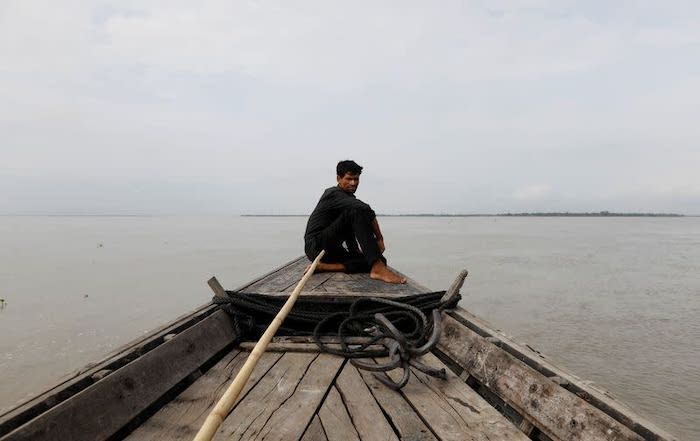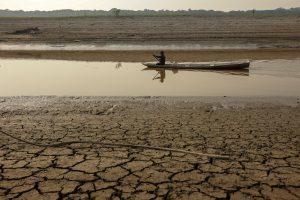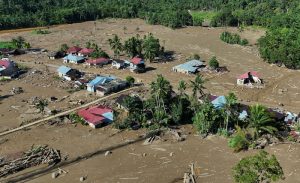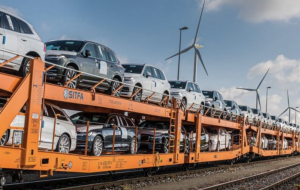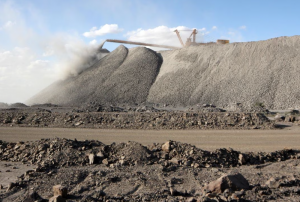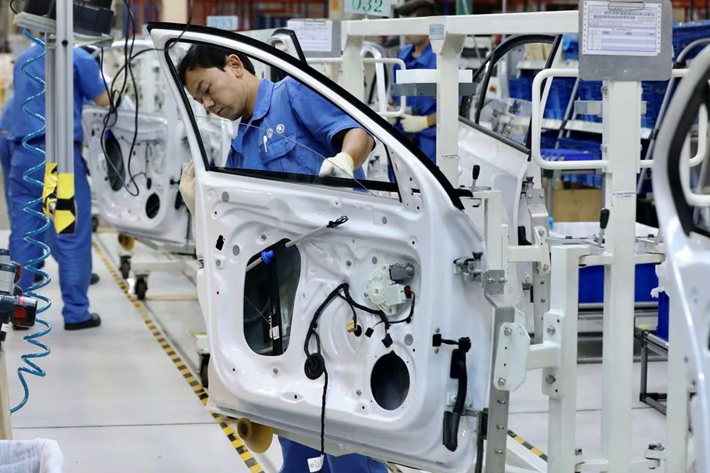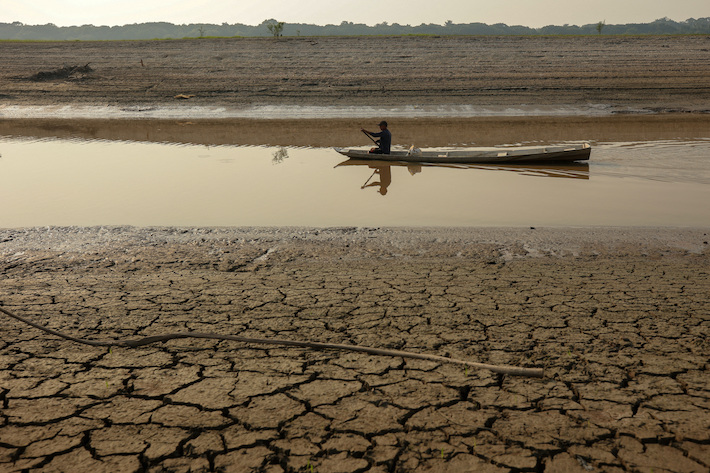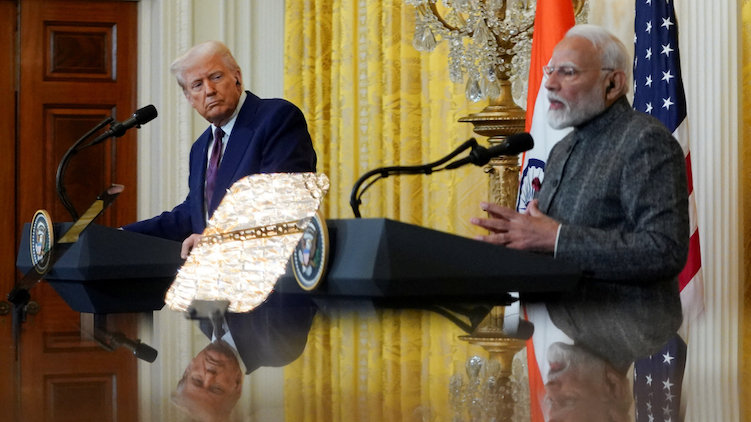China has held a groundbreaking ceremony to mark the beginning of work on a controversial series of cascade dams on the Yarlung Zangbo River.
India and Bangladesh, which oppose these dams, along with many NGOs, say it could affect tens of millions of people downstream, where this river is known as the Brahmaputra.
The massive project, on the eastern rim of the Tibetan Plateau, is expected to be the world’s largest hydropower scheme. The total cost of a decade-long construction period was put at 1.2-trillion yuan (about $170 billion), which is four times the cost estimated for the dams last year.
ALSO SEE: Top Indian Think Tank Urges Easier Rules For Chinese Investors
Premier Li Qiang announced the news in Nyingchi city in southwest Xizang Autonomous Region (the new name for Tibet) on Saturday. Representatives of the National Development and Reform Commission and the Power Construction Corporation of China spoke at the unveiling, the state-run Xinhua news agency said.
Commencement of the hydropower project – China’s most ambitious since the Three Gorges Dam on the Yangtze – was welcomed by Chinese markets as proof of economic stimulus, sending stock prices and bond yields higher on Monday.
Five cascade hydropower stations will be built on the lower reaches of the Yarlung Zangbo will have the capacity to produce 300 billion kilowatt-hours of electricity annually, equal to the amount of electricity consumed by Britain last year.
A section of the river tumbles 2,000 metres (6,561 feet) in a span of 50km (31 miles), offering huge hydropower potential.
India may need to build a dam to mitigate impacts
India and Bangladesh have long raised concerns about possible impacts on the millions of people who live downstream, while NGOs warned of the risk to one of the richest and most diverse environments on the plateau.
Indeed, India warned several years ago it would be forced to build a 10 gigawatt hydro dam in its remote eastern state of Arunachal Pradesh if China went ahead with this project in Tibet.
Indian authorities fear the Chinese dams could trigger flash floods or create water scarcity, similar to impacts blamed on Chinese dams on the upper reaches of the Mekong (see below).
“The need of the hour is to have a big dam in Arunachal Pradesh to mitigate the adverse impact of the Chinese dam projects,” TS Mehra, a senior official in India’s federal water ministry, said in December 2020.
The proposal was under consideration at the highest level in the government, the official said, adding that the Indian plan would create a large water storage capacity to offset the impact of Chinese dams on the river’s flow.
Beijing, meanwhile, has said the hydro projects will help meet power demand in Tibet and the rest of China, but will not have a major effect on downstream water supplies or the environment – a claim that is hotly disputed.
Operations are expected sometime in the 2030s.
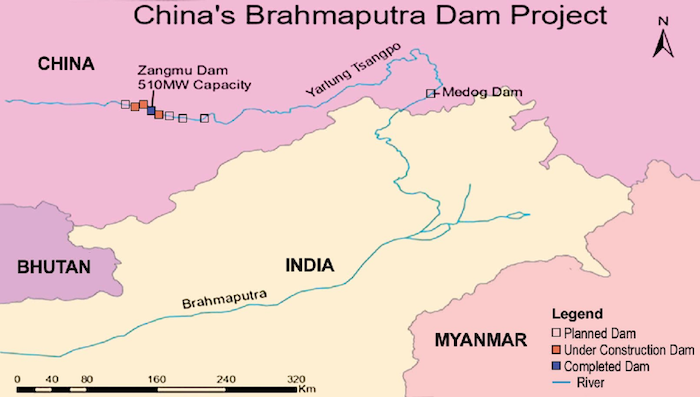
Shares of linked companies jump
China’s CSI Construction & Engineering Index jumped as much as 4% to a seven-month high on Monday. Power Construction Corporation of China and Arcplus Group PLC surged by their 10% daily limit.
“From an investment perspective, mature hydropower projects offer bond-like dividends,” Wang Zhuo, partner of Shanghai Zhuozhu Investment Management said, while cautioning that speculative buying into related stocks would inflate valuations.
The project will drive demand for construction and building materials such as cement and civil explosives, Huatai Securities said in a note to clients.
Shares of Beijing-listed Hunan Wuxin Tunnel Intelligent Equipment Co, which sells tunnel construction equipment, surged 30%. So did shares of Geokang Technologies Co Ltd, which makes intelligent monitoring terminals.
Cement maker Xizang Tianlu Co Ltd and Tibet GaoZheng Explosive Co, producer of civil explosive materials, both jumped their maximum 10%.
‘Project of the century’
The Chinese premier described the dam as a “project of the century” and said special emphasis “must be placed on ecological conservation to prevent environmental damage,” Xinhua said on Saturday.
Government bond yields rose across the board on Monday, with the most-traded 30-year treasury futures falling to five-week lows, as investors interpreted the news as part of China’s economic stimulus.
The project, overseen by the newly formed state-owned China Yajiang Group, marks a major boost in public investment to help bolster economic growth as current drivers show signs of faltering.
“Assuming 10 years of construction, the investment/GDP boost could reach 120 billion yuan ($16.7 billion) for a single year,” Citi said in a note. “The actual economic benefits could go beyond that.”
China has not given an estimate on the number of jobs the project could create. The Three Gorges, which took almost two decades to complete, generated nearly a million jobs, state media reported, though it displaced at least a similar number of people.
Authorities have not indicated how many people would be displaced by the Yarlung Zangbo project.
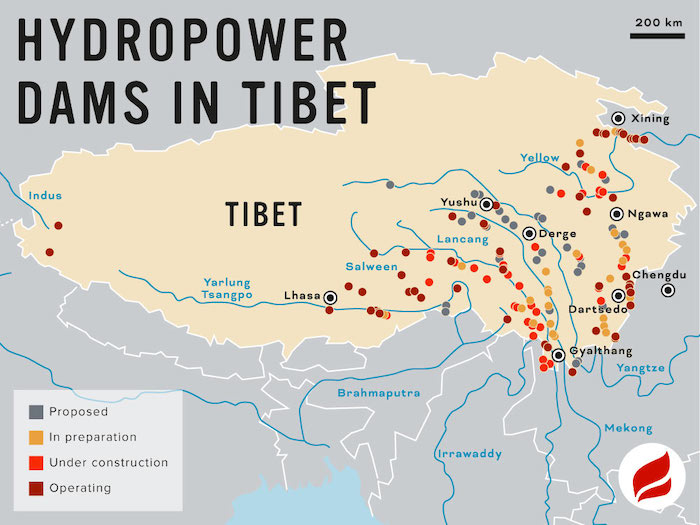
Checkered record on transboundary rivers
The Yarlung Zangbo becomes the Brahmaputra River as it leaves Tibet and flows south into India and finally into Bangladesh. NGOs say the dam will irreversibly harm the Tibetan Plateau and hit millions of people downstream.
The chief minister of Arunachal Pradesh, Pema Khandu, said earlier this year that such a colossal dam barely 50km from the border could dry out 80% of the river passing through the Indian state while potentially inundating downstream areas in Arunachal and neighbouring Assam state.
Critics say China has a long history of “weaponizing dams” and disregarding its neighbours’ concerns over transboundary rivers.
Beijing has built 11 dams on the upper reaches of the Mekong River (known as the Lancang in China) since the early 2000s and riverside communities have complained for years about surges and retreats in the river’s levels over this period.
It has also helped build two dams in Laos, where the impacts of dam building have had very mixed results.
Riverside communities and environmentalists in Thailand and Vietnam say the dams have destroyed fish harvests in the once free-flowing Mekong, while also starving the river of precious sediment flow to the Delta – Vietnam’s prime rice-growing area, which has also faced greater saltwater intrusion.
Some experts also express concern for the project in Tibet because it is a seismically active zone.
- Jim Pollard with Reuters
ALSO SEE:
Thailand Plans Dams to Clean Myanmar Gold Mines’ Toxic Runoff
China Emptying Dams as Cracks Found After Big Quake in Tibet
Neighbours Worried About China’s Giant New Dam in Tibet
World’s Second-Biggest Hydro Plant Starts in China – Yicai
China Planning Huge Water Projects to Counter Drought, Floods
China Plans Mammoth Tunnel To Ship Water to Beijing – SCMP
China Using 3D Printing to Build Tibet Dam – SCMP
Power Plants in Three Gorges Sold to China Yangtze For $12bn
China’s Brahmaputra Dam Plan May Make India Build One Too
China bid to boost GDP with $142 bn of water projects




